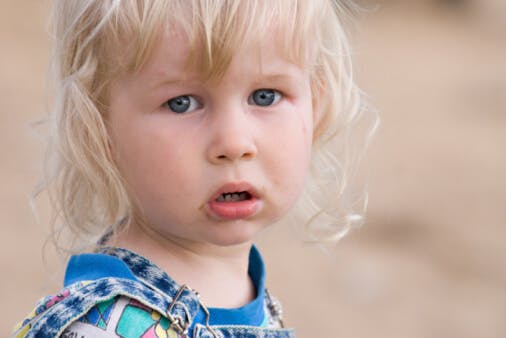Wheezing: A-to-Z Guide from Diagnosis to Treatment to Prevention

Introduction:
Our airways are designed to be responsive to harmful substances in the air. If we walk through clouds of smoke, our airways will shrink, protecting our delicate lung tissues from the noxious ingredients in the smoke. Like gentle wheezing. They should return to normal when we begin to breathe fresh air.
Some people – those with asthma – have an exaggerated tightening response.
What is wheezing?
Wheezing is the noise made by air moving through tight airways in the chest. Classically, it is heard when children are breathing out, and these tiny airways collapse.
It does not necessarily mean asthma – and vice versa.
It can progress to respiratory distress.
Who gets wheezing?
It is the classic symptom of asthma, but it is also an important feature of other problems such as inhaled foreign bodies, RSV infections, other types of bronchiolitis, or cystic fibrosis. Wheezing might be a symptom of gastroesophageal reflux or of a food allergy. It can also be present during many common viral infections, especially during the first two years of life.
Not all children with asthma wheeze. Some cough instead, as a way to move air through the narrowed airways.
What are the symptoms of wheezing?
Tight, noisy breathing during expiration.
Is it contagious?
No – although the causes of wheezing may be contagious.
How long does wheezing last?
It lasts as long as the airways are too tight. The duration depends on the underlying cause.
How is wheezing diagnosed?
The cause of wheezing should be carefully considered. Inhaled foreign objects should always be suspected – especially with the first episode. They are most common at the age when the child is unlikely to be able to describe what happened.
Reflux should also be considered as a possible cause, as should other sources of airway obstruction.
Wheezing and asthma are so linked in many people’s minds that other causes are often missed.
How is it treated?
Wheezing is treated by reversing the tightness of the small airways of the chest. This might be done with bronchodilator medicines to relax the smooth muscles around the airways. It might be done with anti-inflammatory medicines to reduce swelling within the airways. Or it might be done by removing an inhaled object.
How can wheezing be prevented?
It can often be prevented by taking steps to prevent the individual underlying causes.


